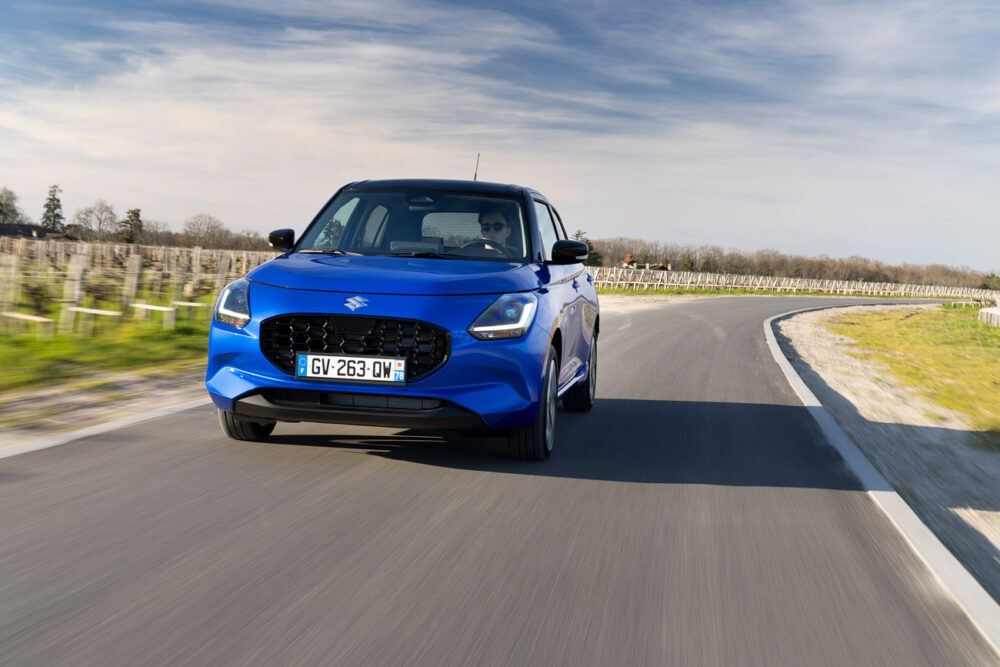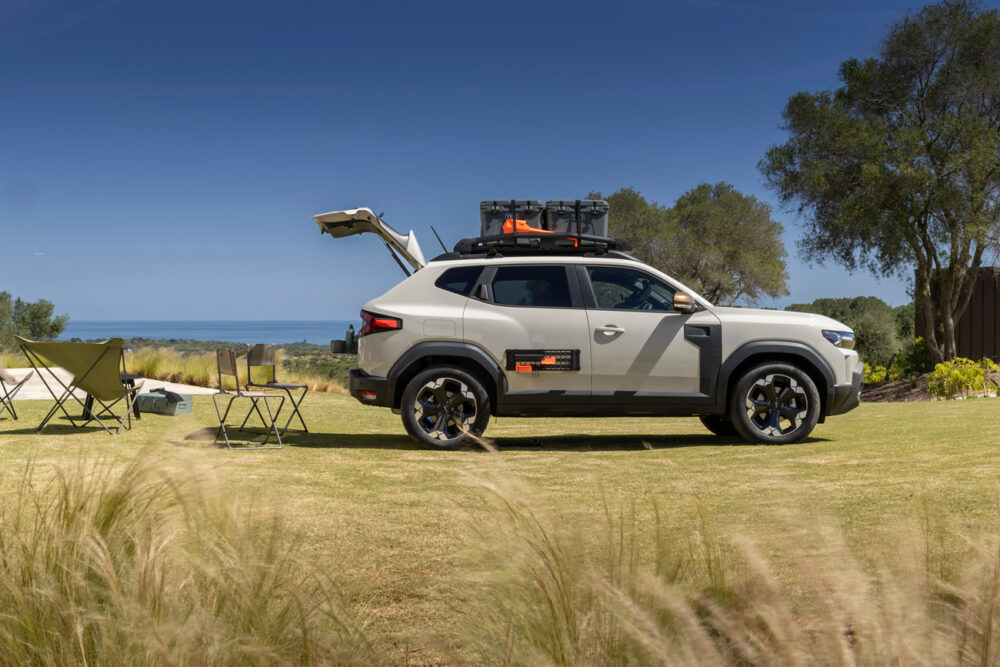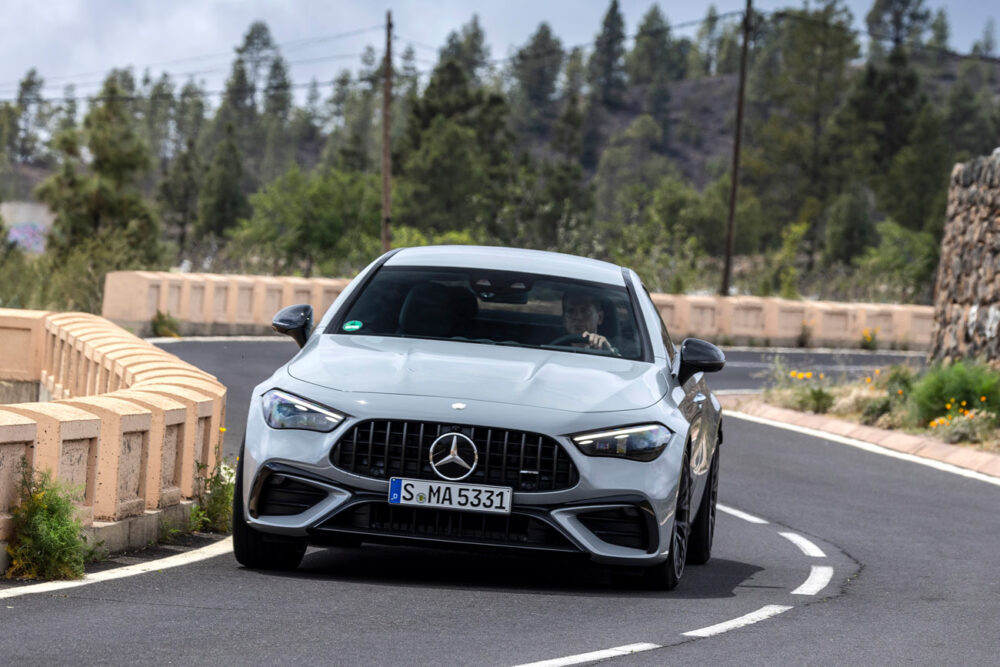Toyota and Lexus: Electricity means the future 🎥
REALITY TIMELY The automotive world faces an uncertain future. For Toyota and Lexus, the answer is consistent electrification of the model range. The 15-millionth model is about to roll out. The Lexus UX 300e SUV can handle up to 50 kW of charging power, AC up to a maximum of 6.6 kW. Hybrid technology, once ridiculed by competitors, has evolved into [...]
The Lexus UX 300e SUV can handle up to 50 kW of charging power, AC up to a maximum of 6.6 kW.
Hybrid technology, once ridiculed by competitors, has developed into a popular drive technology over the past decades. The environmentally friendly hybrid drive now accounts for 63 percent of Toyota's sales in Western Europe.
Consistent hybridization
At Lexus, the figure is 96 percent. Thanks to the consistent hybridization of the drive systems, the CO2 limit of 75 grams per kilometer set by the EU for new models does not cause any problems for Toyota's managers.
The Lexus LF-30 Electrified Concept embodies the company's vision of electrification. And the UX 300e SUV is the first production model with a purely electric drive.
The Lexus LF-30 Electrified Concept embodies the company's vision of electrification.
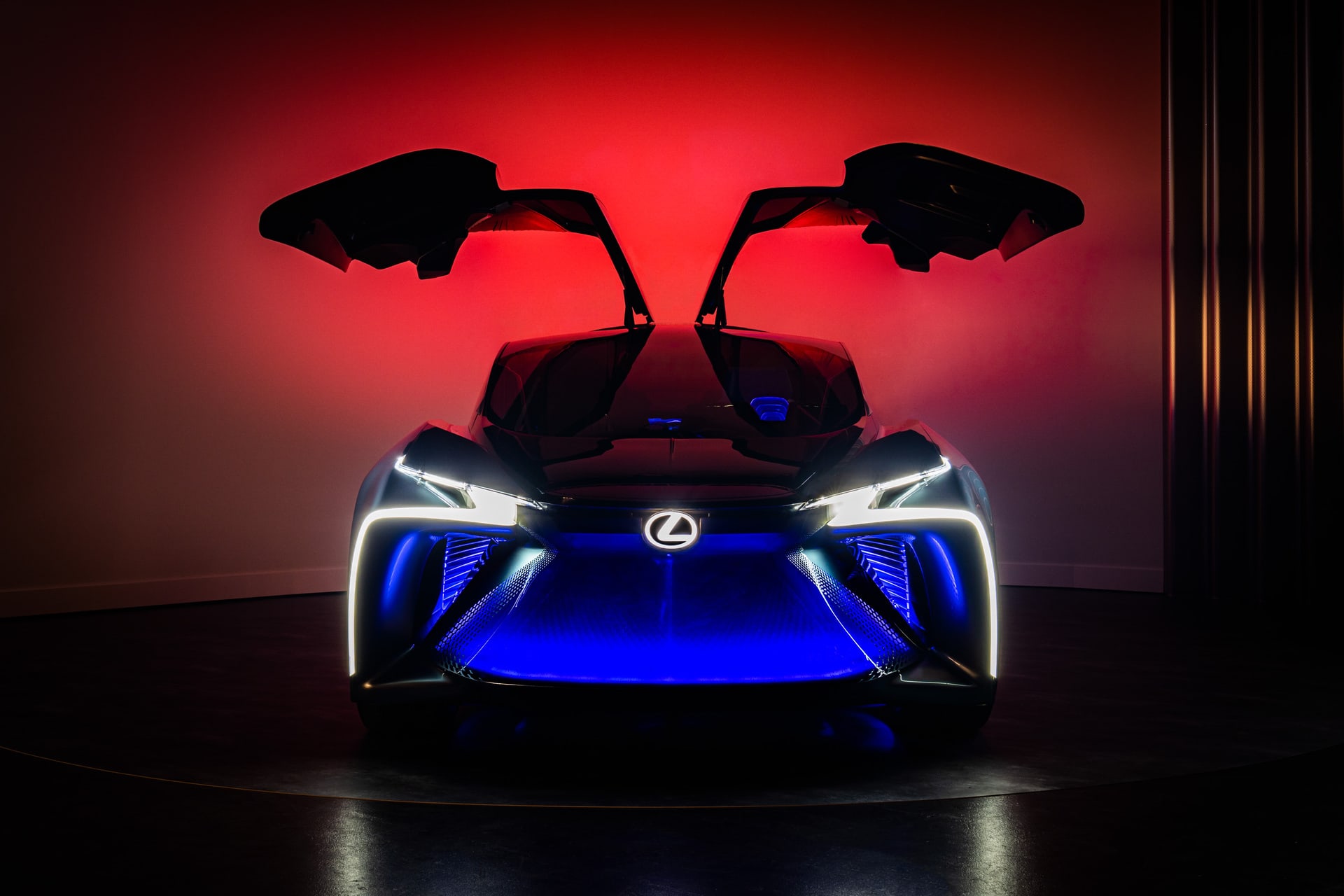
One plug-in vehicle per year
Over the next five years, Toyota plans to increase its market share in Europe from the current 5.3 percent to 6.5 percent, which translates into sales of 1.4 million vehicles. To achieve this goal, more than 25 new or revised hybrid models will be launched by 2025.
In addition, at least one plug-in vehicle per year will be presented, explains Matt Harrison from Toyota Europe. The hybrid drive should then achieve a share of 70 percent of sales.
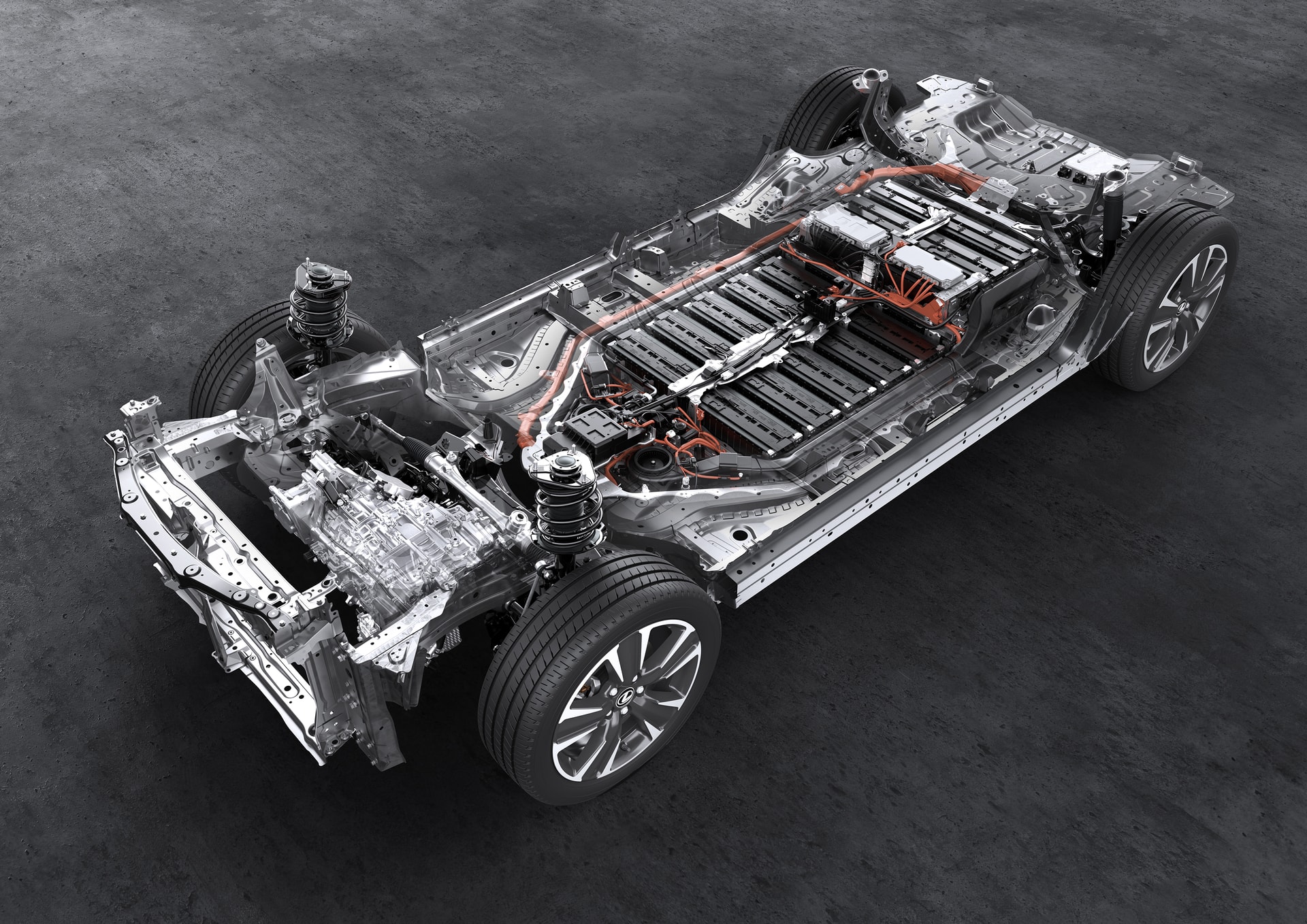
Up to 20 percent more kilometers
Now also equipped with plug-in technology, the RAV4 has a battery range of 65 kilometers and CO2 emissions of less than 29 grams per kilometer. "Our hybrid system can get 20 percent more kilometers out of a kilowatt hour than our competitors," says Matt Harrison, explaining the lead over the competition.
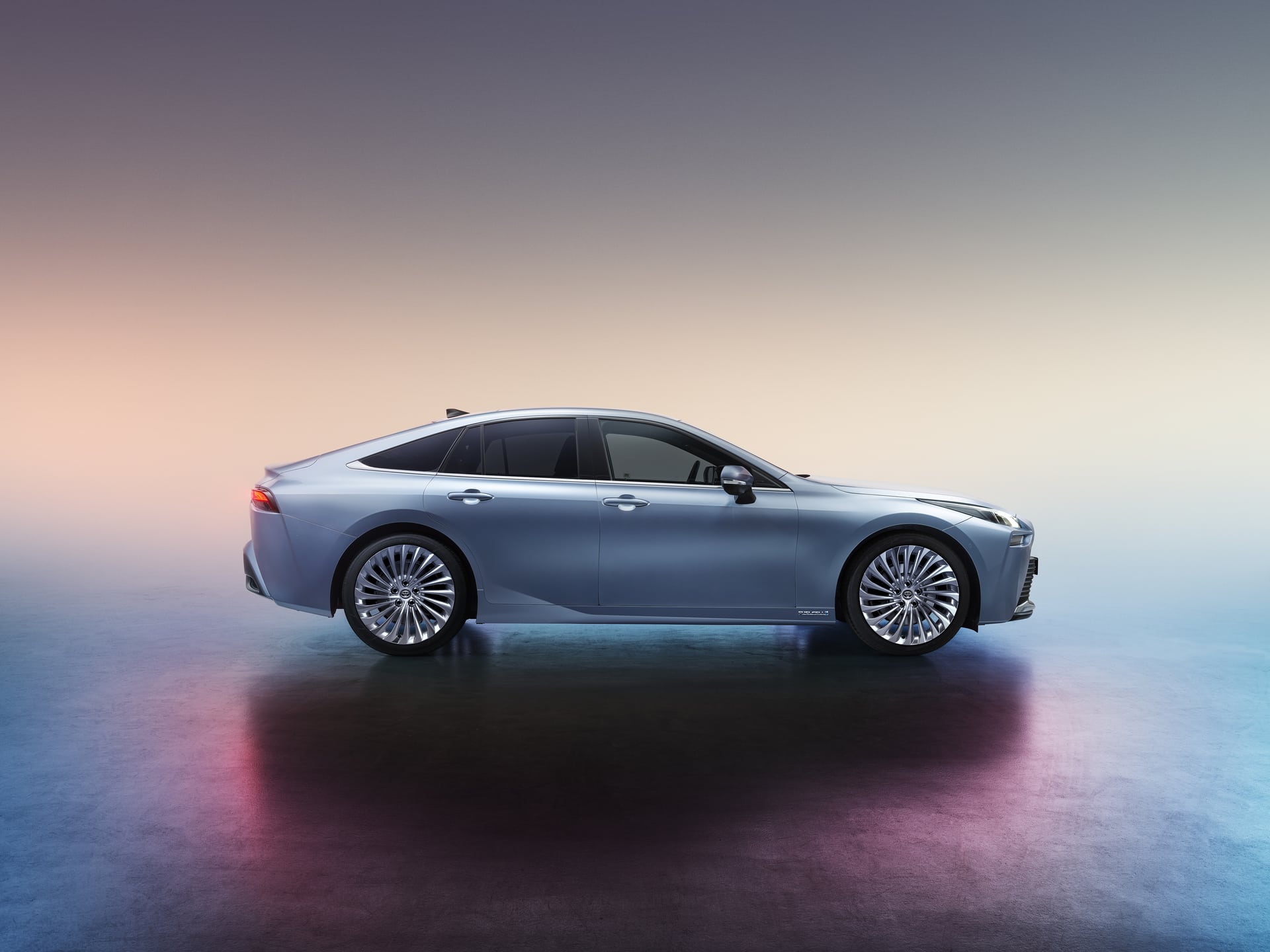
Mirai new with three hydrogen tanks
In addition to hybrid powertrains, Toyota continues to focus on fuel cells, recently showing a near-production study of the new Mirai, in which "we're combining," says Matt Harrison, "the fourth generation of our hybrid powertrain with the second generation of fuel cell technology."
The Mirai now has three hydrogen tanks placed in a T-shape in the underbody, improving the range to 650 kilometers. However, the Mirai 2 will not be a mass product either. Worldwide production is targeted at 10,000 models.
Gazoo Racing sports versions
Despite the focus on sustainable mobility, the developers have not forgotten driving pleasure. After all, Group CEO Akio Toyoda is an enthusiastic motorsport fan, and this is also reflected in the model planning.
The sports versions bear the suffix GR for Gazoo Racing and don't just want to play. The GR Yaris will be launched with a 261-hp turbo three-cylinder (1.6-liter displacement) toward the end of the year and will also serve as the base model for the World Rally Championship (AutoSprintCH reported).
Two-liter turbocharged engine for the Supra
The GR version of the Supra sports coupe has a two-liter turbocharged engine that produces 258 hp and accelerates the 100-kilogram lighter coupe to 100 km/h in 5.2 seconds. The GR Supra will go on sale in March.
Even the hybrid version of the Corolla gets the GR logo - though the tuning is limited to visual measures.







